How Tiltup Concrete Is Used to Build Structures
Your contractor may suggest using tiltup concrete to complete the walls of your new building project. Tiltup construction has been utilized for a long time, but it's still somewhat unknown outside of the concrete industry. Learn more about how buildings are completed using this type of concrete, so you can decide if it also makes sense for your project.
What Is Tiltup Concrete?
According to Howden, concrete is made by first creating a paste composed of 10% to 15% Portland cement and 15% to 20% water. Once the paste is made, it is then mixed with aggregates, such as crushed stone, gravel, or sand, which make up 65% to 70% of the mixture. The basic form of concrete made through that process is the same one utilized for tiltup construction.
Nothing about the composition of the concrete is changed. The reason why it's called tiltup concrete is due to the way it's lifted when the time comes to set it in place. Your contractor may prefer to use this in your project because it can be used to create intricately designed walls. Walls made from tiltup concrete are easy to maintain, and they also feature better fire resistance and security compared to more conventional options.
How Are Tiltup Concrete Walls Set Up?
The process of creating tiltup concrete walls begins with building the panel forms on the concrete foundation. If you want specific designs on your concrete walls, they must be added to the panel forms at this point. Make sure there are enough panel forms to account for all the walls needed for your project. The panel forms should also be reinforced with steel grids.
Concrete can now be cast into the panel forms, and they should be left alone until the concrete has sufficiently dried. A crane will likely be brought in once the concrete is ready since that's often the easiest way to lift and install the slabs.
At this stage, the crane can now start lifting the panels individually. In all likelihood, the contractor will call for braces to be set up, so they can support the panels. While the braces are still in position, the concrete panels will be linked using structure connections. The final step of tiltup construction involves cleaning the concrete panels.
Using
tiltup concrete in your construction project can yield all kinds of benefits. The process is relatively straightforward so the construction should proceed with no issues. Reach out to Carr & Sons Masonry, Inc today for your concrete project!
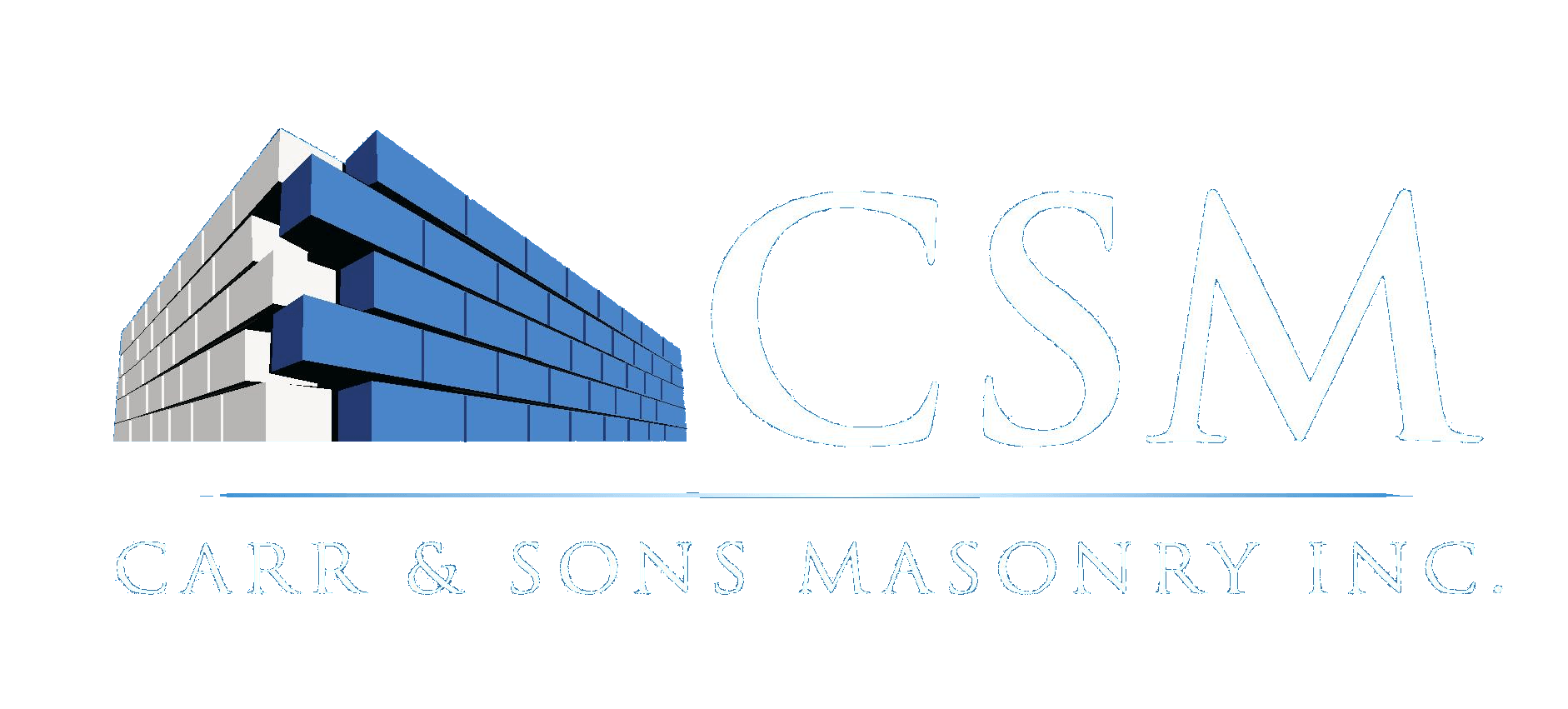
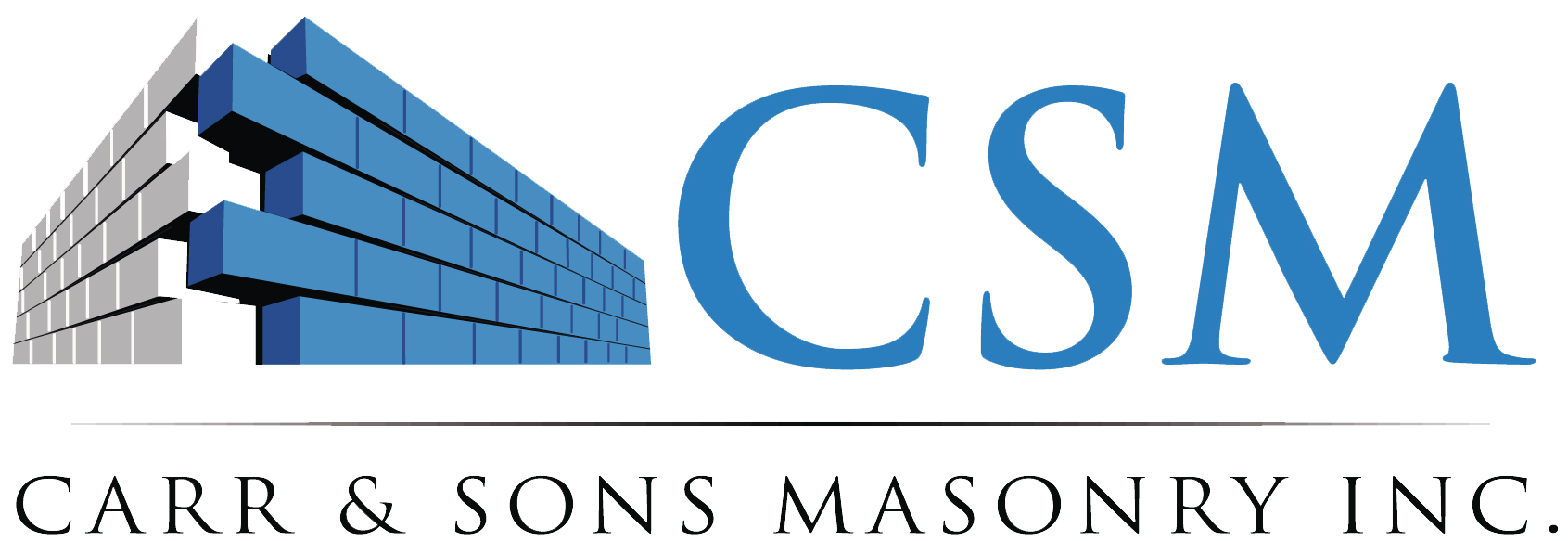
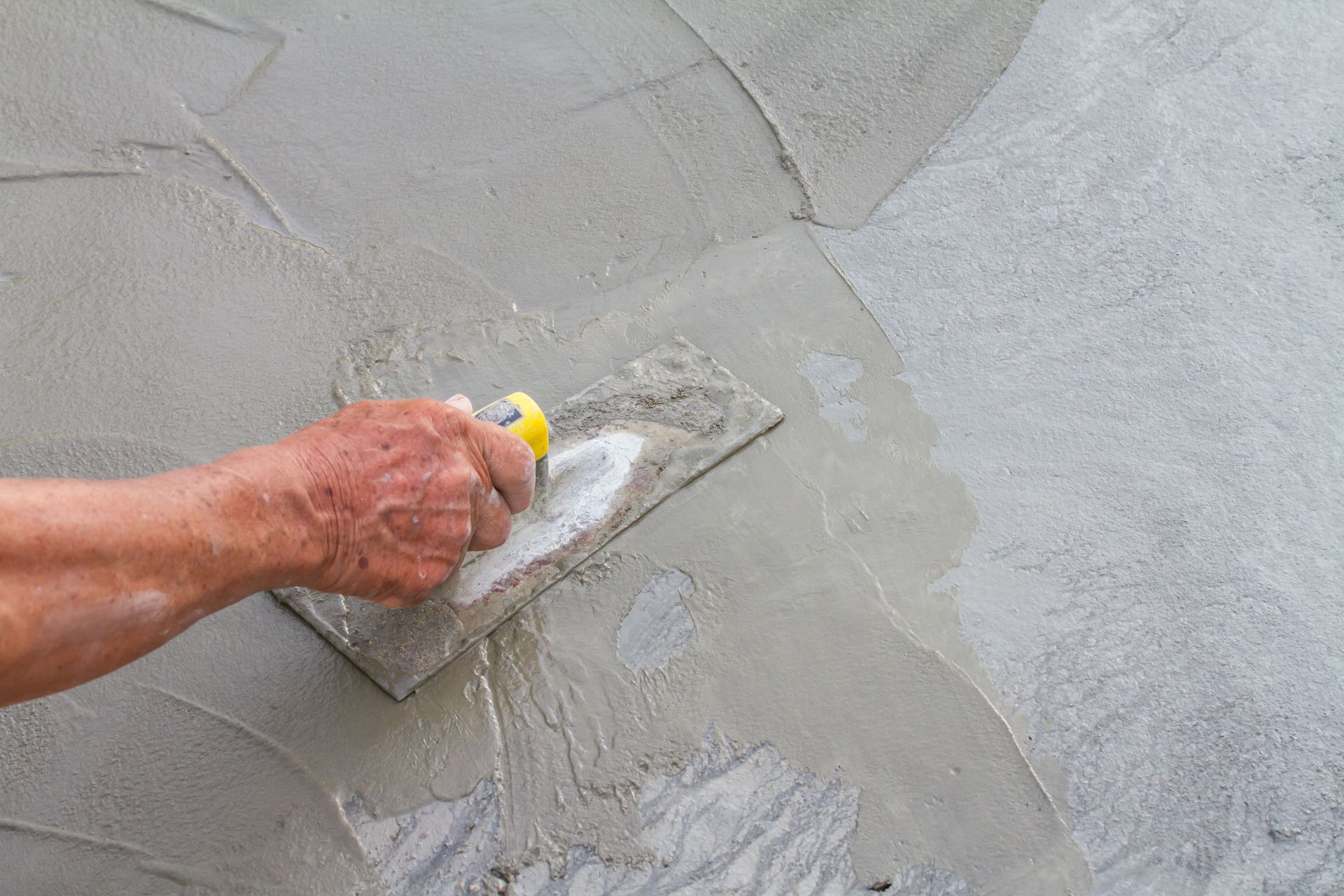
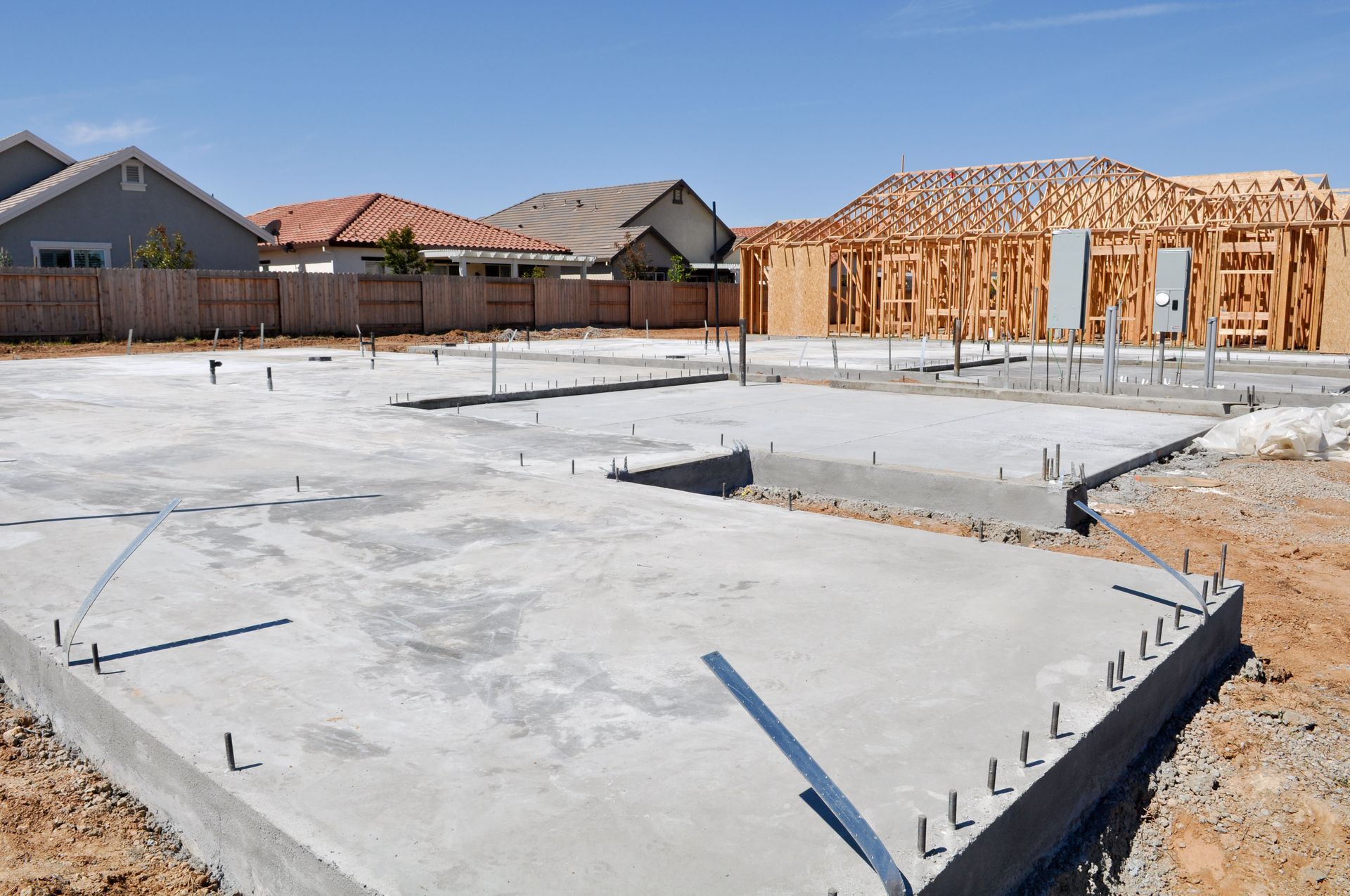
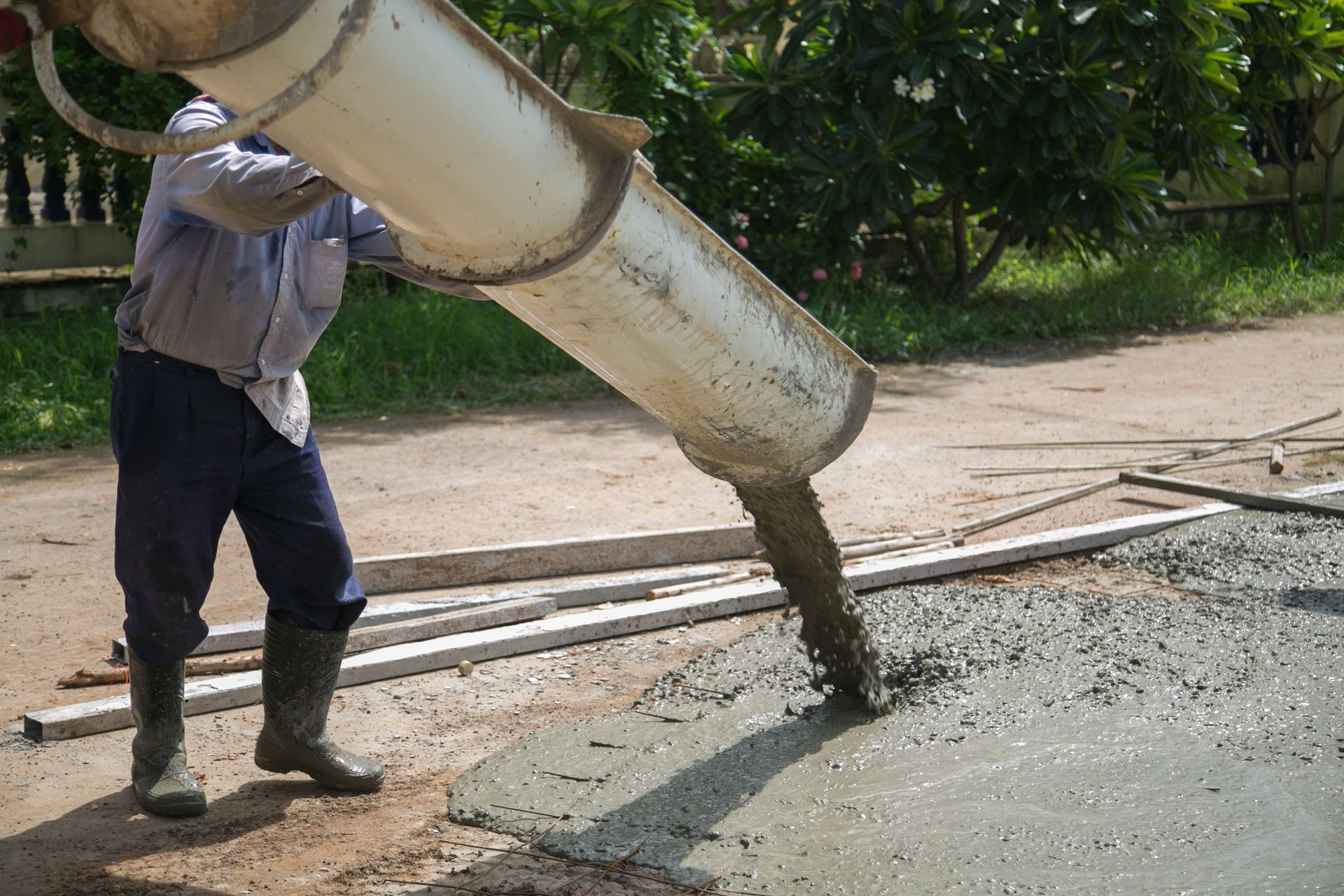
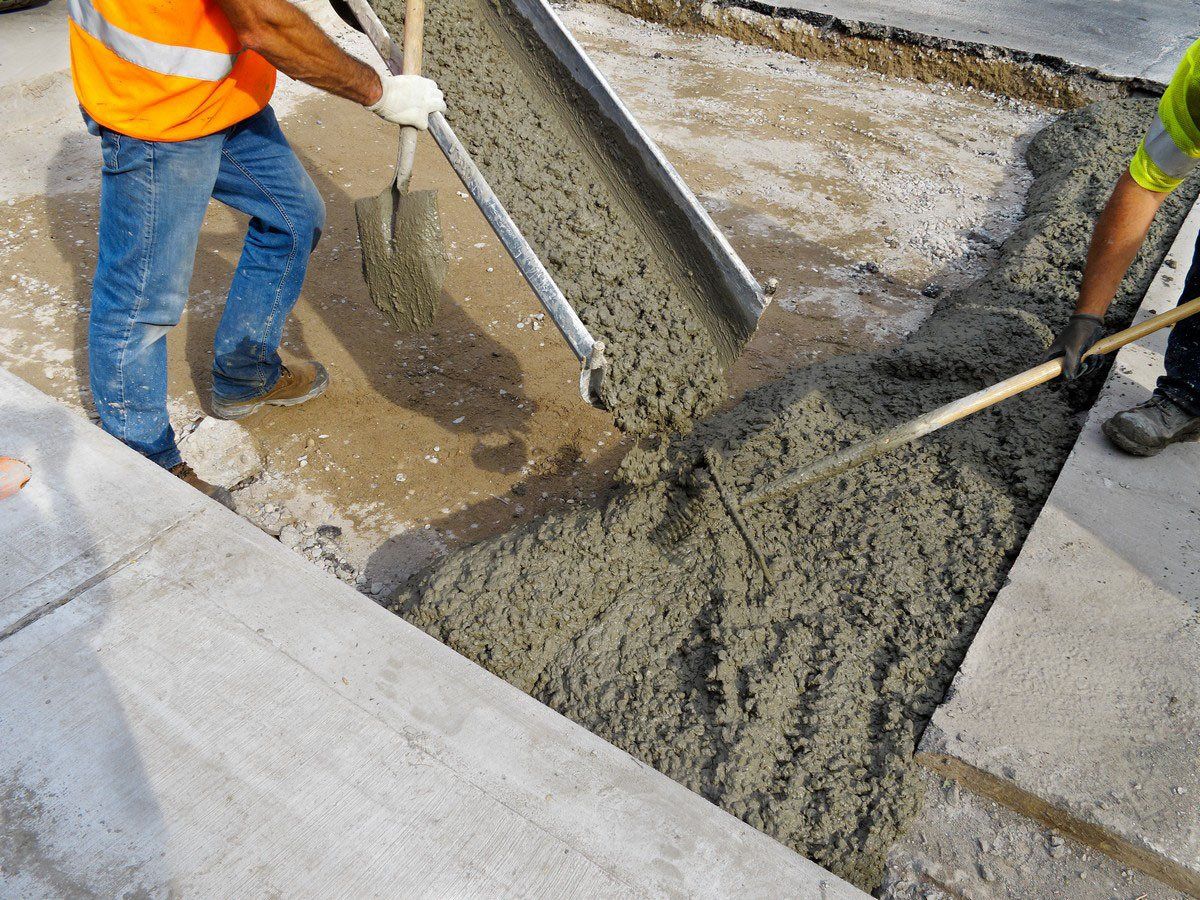
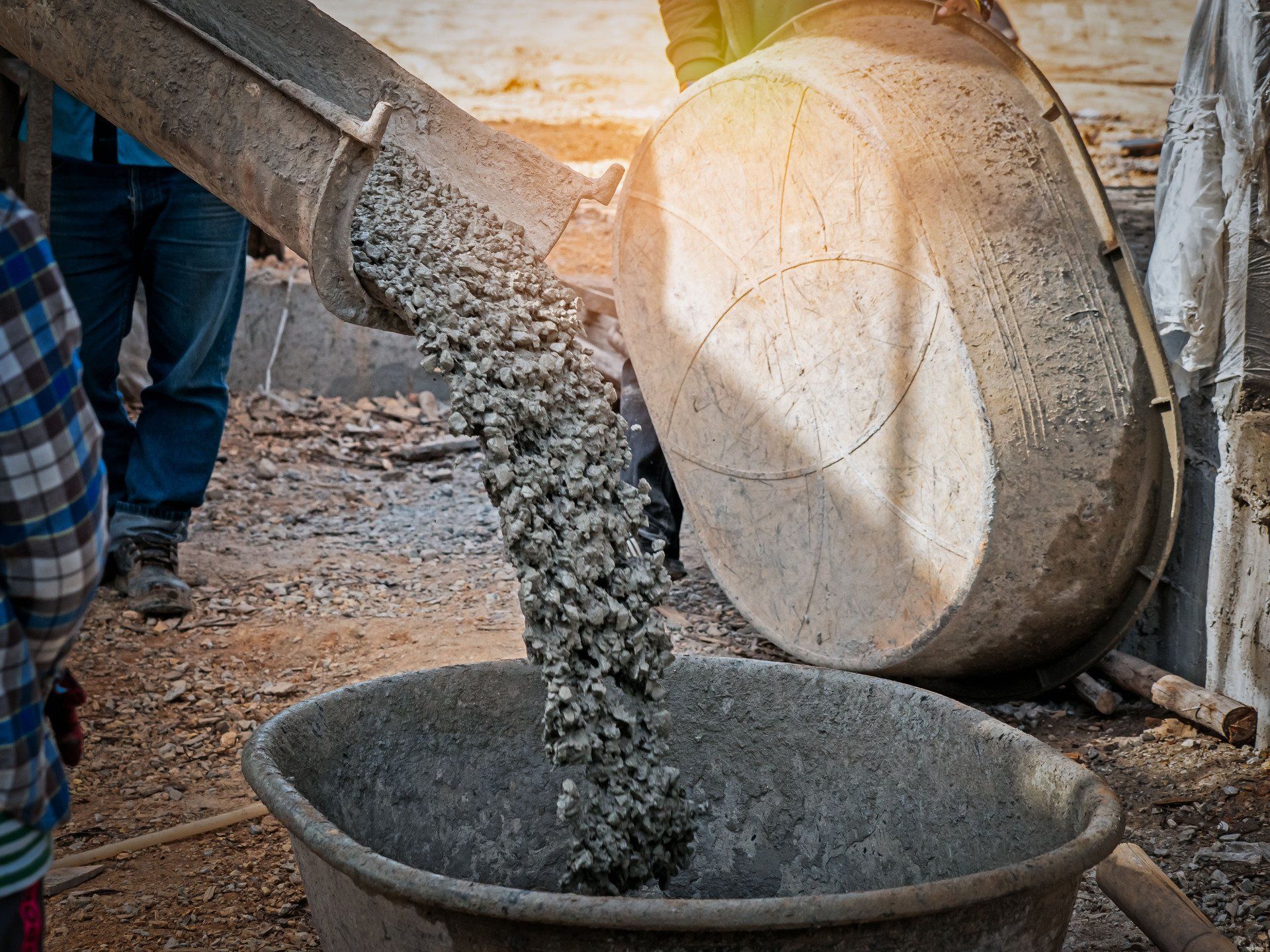
Share On: